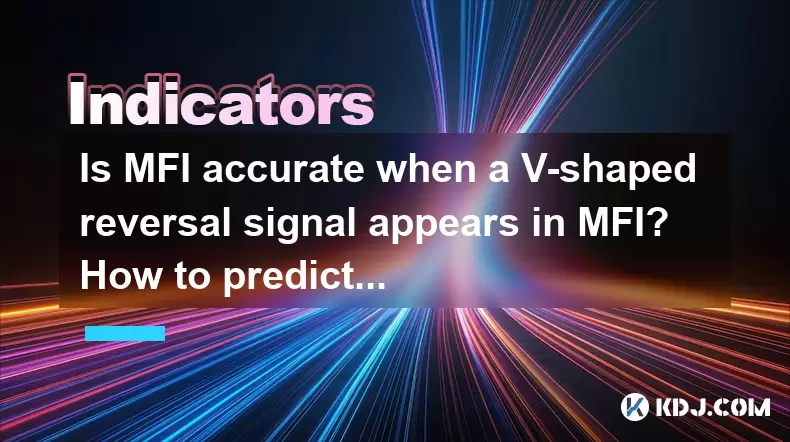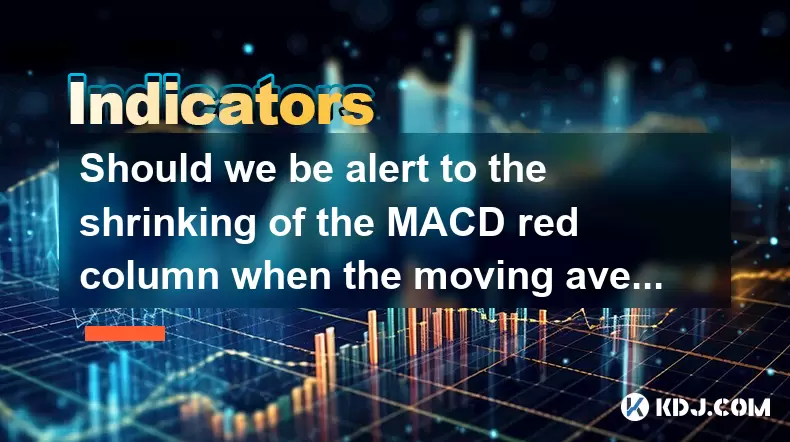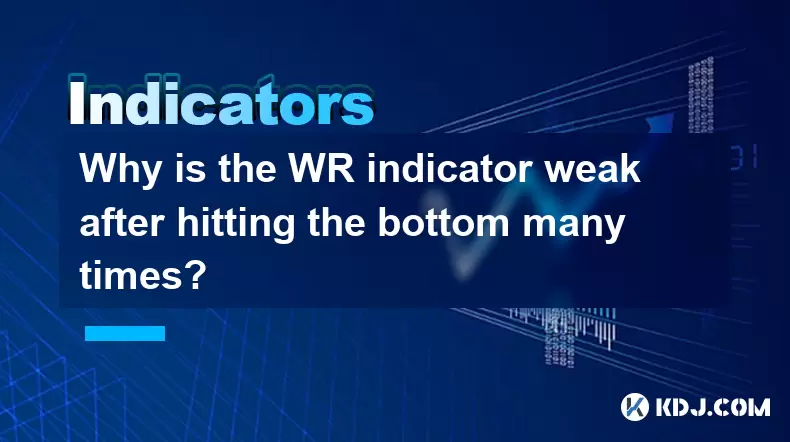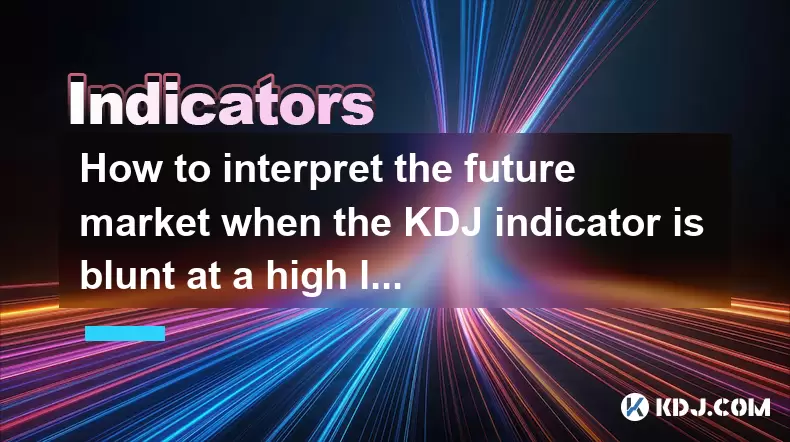-
 Bitcoin
Bitcoin $101,898.5005
-0.75% -
 Ethereum
Ethereum $2,258.1125
-1.07% -
 Tether USDt
Tether USDt $1.0004
0.01% -
 XRP
XRP $2.0178
-2.93% -
 BNB
BNB $624.0243
-1.53% -
 Solana
Solana $134.3298
-0.90% -
 USDC
USDC $0.9999
0.01% -
 TRON
TRON $0.2675
-2.05% -
 Dogecoin
Dogecoin $0.1538
-1.96% -
 Cardano
Cardano $0.5482
-1.11% -
 Hyperliquid
Hyperliquid $35.5636
5.45% -
 Bitcoin Cash
Bitcoin Cash $453.4902
-1.66% -
 Sui
Sui $2.5134
-2.97% -
 UNUS SED LEO
UNUS SED LEO $9.1292
1.77% -
 Chainlink
Chainlink $11.8457
-1.60% -
 Stellar
Stellar $0.2312
-2.73% -
 Avalanche
Avalanche $16.9721
0.29% -
 Toncoin
Toncoin $2.7549
-3.82% -
 Shiba Inu
Shiba Inu $0.0...01081
-1.10% -
 Litecoin
Litecoin $80.8250
-0.71% -
 Hedera
Hedera $0.1374
0.21% -
 Monero
Monero $305.4827
-2.36% -
 Ethena USDe
Ethena USDe $1.0006
0.00% -
 Dai
Dai $1.0000
-0.01% -
 Polkadot
Polkadot $3.2085
-3.12% -
 Bitget Token
Bitget Token $4.0845
-3.13% -
 Uniswap
Uniswap $6.3353
-1.63% -
 Pi
Pi $0.5085
-0.70% -
 Pepe
Pepe $0.0...08913
-3.82% -
 Aave
Aave $232.7090
-0.58%
Is MFI accurate when a V-shaped reversal signal appears in MFI? How to predict a V-shaped reversal in advance?
The Money Flow Index (MFI) can predict V-shaped reversals, but accuracy varies with market conditions; using it with RSI and volume analysis enhances reliability.
May 23, 2025 at 07:08 am

The Money Flow Index (MFI) is a popular momentum indicator used by traders to identify overbought and oversold conditions in the market. When a V-shaped reversal signal appears on the MFI, it often suggests a potential change in market direction. However, the accuracy of the MFI in predicting such reversals can vary based on several factors. This article will explore the accuracy of the MFI during V-shaped reversals and provide strategies to predict these reversals in advance.
Understanding the MFI and V-Shaped Reversals
The Money Flow Index (MFI) is calculated using both price and volume data, making it a versatile tool for traders. It oscillates between 0 and 100, with readings above 80 indicating overbought conditions and readings below 20 indicating oversold conditions. A V-shaped reversal on the MFI chart represents a sharp and quick change in the direction of the indicator, suggesting that a significant shift in market sentiment might be imminent.
Accuracy of MFI in Predicting V-Shaped Reversals
The accuracy of the MFI in predicting V-shaped reversals depends on various factors such as market volatility, trading volume, and the overall trend. In highly volatile markets, the MFI might produce false signals, leading to less accurate predictions. Conversely, in stable markets with consistent volume, the MFI can be more reliable. It's crucial to consider these factors when interpreting MFI signals.
Additionally, the timeframe used for the MFI can affect its accuracy. Shorter timeframes might lead to more frequent but less reliable signals, while longer timeframes could provide more stable but delayed signals. Traders should experiment with different timeframes to find the most suitable setting for their trading strategy.
Identifying a V-Shaped Reversal on the MFI
To identify a V-shaped reversal on the MFI, traders should look for a pattern where the MFI quickly moves from an overbought or oversold level to the opposite extreme. Here are the steps to identify a V-shaped reversal:
- Monitor the MFI for extreme readings: Watch for the MFI to reach above 80 or below 20.
- Observe the rapid change: Look for a quick and sharp movement of the MFI from one extreme to the other.
- Confirm with price action: Ensure that the price action on the chart aligns with the MFI signal, indicating a potential reversal.
Strategies to Predict V-Shaped Reversals in Advance
Predicting a V-shaped reversal in advance can be challenging, but several strategies can increase the likelihood of success. Here are some approaches traders can use:
Combining MFI with Other Indicators
Using the MFI in conjunction with other technical indicators can enhance the accuracy of predicting V-shaped reversals. The Relative Strength Index (RSI) is another momentum indicator that can be used alongside the MFI. When both indicators show overbought or oversold conditions simultaneously, it can provide a stronger signal of an impending reversal.
- Set up both MFI and RSI on your chart: Ensure they are using the same timeframe for consistency.
- Look for divergence: If the MFI and RSI diverge from the price action, it could indicate a potential reversal.
- Confirm with volume: High trading volume during the divergence can strengthen the signal.
Analyzing Price Patterns
Certain price patterns can precede a V-shaped reversal on the MFI. Bullish and bearish engulfing patterns, doji candles, and hammer and shooting star patterns can signal potential reversals. Traders should be vigilant for these patterns as they approach overbought or oversold levels on the MFI.
- Monitor the price chart: Look for these patterns forming near extreme MFI readings.
- Confirm the pattern: Ensure the pattern is valid and supported by volume.
- Act on the signal: If a pattern forms and the MFI shows a V-shaped reversal, consider entering a trade.
Utilizing Moving Averages
Moving averages can help traders identify trends and potential reversal points. Using a short-term and a long-term moving average can provide insight into the market's direction. When the short-term moving average crosses the long-term moving average, it can signal a potential reversal.
- Add moving averages to your chart: Use a 50-day and a 200-day moving average for example.
- Watch for crossovers: A crossover can indicate a shift in momentum.
- Combine with MFI: If the MFI shows a V-shaped reversal near a crossover, it can strengthen the signal.
Volume Analysis
Volume is a critical component of the MFI calculation and can provide additional insights into potential reversals. High volume during a V-shaped reversal can confirm the strength of the signal. Conversely, low volume might indicate a false signal.
- Monitor volume spikes: Look for significant increases in volume as the MFI approaches extreme levels.
- Compare with historical data: Ensure the volume spike is significant compared to past data.
- Confirm the reversal: If the MFI shows a V-shaped reversal accompanied by high volume, it can increase the confidence in the signal.
Practical Example of Predicting a V-Shaped Reversal
To illustrate how to predict a V-shaped reversal in advance, let's walk through a hypothetical scenario:
- Step 1: You notice the MFI on a 1-hour chart reaches 85, indicating an overbought condition.
- Step 2: You observe the RSI also shows an overbought reading above 70.
- Step 3: A bearish engulfing pattern forms on the price chart, suggesting a potential reversal.
- Step 4: The 50-day moving average crosses below the 200-day moving average, signaling a bearish shift.
- Step 5: Volume spikes significantly as the MFI begins to drop from 85 to 60 within a few hours, forming a V-shaped pattern.
- Step 6: You confirm the V-shaped reversal on the MFI and enter a short position based on these combined signals.
FAQs
Q1: Can the MFI be used effectively on all timeframes?
A1: The MFI can be used on various timeframes, but its effectiveness can vary. Shorter timeframes may produce more frequent but less reliable signals, while longer timeframes might offer more stable but delayed signals. Traders should experiment to find the best timeframe for their strategy.
Q2: How does the MFI differ from the RSI?
A2: The MFI and RSI both measure momentum but differ in their calculation. The MFI incorporates volume, making it a more comprehensive indicator of market sentiment. The RSI, on the other hand, focuses solely on price changes.
Q3: Are there any specific market conditions where the MFI is more accurate?
A3: The MFI tends to be more accurate in markets with consistent volume and less volatility. During periods of high volatility or low volume, the MFI might produce false signals, so traders should be cautious in these conditions.
Q4: Can the MFI be used alone for trading decisions?
A4: While the MFI can provide valuable insights, it is generally more effective when used in conjunction with other indicators and analysis methods. Combining the MFI with price patterns, volume analysis, and other indicators can increase the accuracy of trading decisions.
Disclaimer:info@kdj.com
The information provided is not trading advice. kdj.com does not assume any responsibility for any investments made based on the information provided in this article. Cryptocurrencies are highly volatile and it is highly recommended that you invest with caution after thorough research!
If you believe that the content used on this website infringes your copyright, please contact us immediately (info@kdj.com) and we will delete it promptly.
- FUNToken: Decoding Past Trends and Getting Started in the Gaming Crypto Sphere
- 2025-06-23 22:25:12
- BTC Price Analysis: Navigating Volatility and the Quest for a New ATH
- 2025-06-23 22:25:12
- Genesis, Bitcoin Mining, and Air-Cooled Miners: A New Era?
- 2025-06-23 22:45:12
- Coinbase's Growth and Resilience: Navigating the Crypto Landscape
- 2025-06-23 22:45:12
- Bitcoin Options Market: Bullish Bets Amidst Geopolitical Jitters
- 2025-06-23 22:51:52
- Dubai's Virtual Asset Scene Heats Up: GAP 3 Partners Lands Landmark Investment Advisor License
- 2025-06-23 22:55:12
Related knowledge

What is the significance of the gap formed by the gap opening not being filled within five days?
Jun 23,2025 at 09:42pm
Understanding Gaps in Cryptocurrency TradingIn the world of cryptocurrency trading, a gap refers to a situation where the price of an asset jumps from one level to another without any trading activity occurring between those two levels. This often happens over weekends or holidays when the market is closed, and significant news or events occur that impa...

Does the second golden cross of MACD above the zero axis represent the continuation of strength?
Jun 23,2025 at 08:21pm
Understanding the MACD IndicatorThe Moving Average Convergence Divergence (MACD) is a widely used technical analysis tool in cryptocurrency trading. It consists of three main components: the MACD line, the signal line, and the histogram. The MACD line is calculated by subtracting the 26-period Exponential Moving Average (EMA) from the 12-period EMA. The...

Is it effective when the DIF line suddenly crosses the zero axis when the volume is shrinking and the market is trading sideways?
Jun 23,2025 at 07:29pm
Understanding the DIF Line in Technical AnalysisThe DIF line, or the Difference Line, is a critical component of the MACD (Moving Average Convergence Divergence) indicator, widely used in technical analysis across cryptocurrency and traditional financial markets. It represents the difference between the 12-period EMA (Exponential Moving Average) and the...

Should we be alert to the shrinking of the MACD red column when the moving average is arranged in a bullish pattern?
Jun 23,2025 at 08:14pm
Understanding the MACD Red Column and Its SignificanceThe Moving Average Convergence Divergence (MACD) is a widely used technical indicator in cryptocurrency trading. It consists of three main components: the MACD line, the signal line, and the MACD histogram (the red column). The red column represents the difference between the MACD line and the signal...

Why is the WR indicator weak after hitting the bottom many times?
Jun 23,2025 at 07:56pm
Understanding the WR Indicator in Cryptocurrency TradingThe Williams %R (WR) indicator is a momentum oscillator used by traders to identify overbought and oversold levels in the market. It ranges from 0 to -100, with readings above -20 considered overbought and below -80 considered oversold. In the context of cryptocurrency trading, where volatility is ...

How to interpret the future market when the KDJ indicator is blunt at a high level for a long time?
Jun 23,2025 at 10:35pm
Understanding the KDJ Indicator in Cryptocurrency TradingThe KDJ indicator, also known as the stochastic oscillator, is a momentum-based technical analysis tool used to identify overbought and oversold conditions in financial markets. It consists of three lines: the %K line (fast stochastic), the %D line (slow stochastic), and the J line (divergence). I...

What is the significance of the gap formed by the gap opening not being filled within five days?
Jun 23,2025 at 09:42pm
Understanding Gaps in Cryptocurrency TradingIn the world of cryptocurrency trading, a gap refers to a situation where the price of an asset jumps from one level to another without any trading activity occurring between those two levels. This often happens over weekends or holidays when the market is closed, and significant news or events occur that impa...

Does the second golden cross of MACD above the zero axis represent the continuation of strength?
Jun 23,2025 at 08:21pm
Understanding the MACD IndicatorThe Moving Average Convergence Divergence (MACD) is a widely used technical analysis tool in cryptocurrency trading. It consists of three main components: the MACD line, the signal line, and the histogram. The MACD line is calculated by subtracting the 26-period Exponential Moving Average (EMA) from the 12-period EMA. The...

Is it effective when the DIF line suddenly crosses the zero axis when the volume is shrinking and the market is trading sideways?
Jun 23,2025 at 07:29pm
Understanding the DIF Line in Technical AnalysisThe DIF line, or the Difference Line, is a critical component of the MACD (Moving Average Convergence Divergence) indicator, widely used in technical analysis across cryptocurrency and traditional financial markets. It represents the difference between the 12-period EMA (Exponential Moving Average) and the...

Should we be alert to the shrinking of the MACD red column when the moving average is arranged in a bullish pattern?
Jun 23,2025 at 08:14pm
Understanding the MACD Red Column and Its SignificanceThe Moving Average Convergence Divergence (MACD) is a widely used technical indicator in cryptocurrency trading. It consists of three main components: the MACD line, the signal line, and the MACD histogram (the red column). The red column represents the difference between the MACD line and the signal...

Why is the WR indicator weak after hitting the bottom many times?
Jun 23,2025 at 07:56pm
Understanding the WR Indicator in Cryptocurrency TradingThe Williams %R (WR) indicator is a momentum oscillator used by traders to identify overbought and oversold levels in the market. It ranges from 0 to -100, with readings above -20 considered overbought and below -80 considered oversold. In the context of cryptocurrency trading, where volatility is ...

How to interpret the future market when the KDJ indicator is blunt at a high level for a long time?
Jun 23,2025 at 10:35pm
Understanding the KDJ Indicator in Cryptocurrency TradingThe KDJ indicator, also known as the stochastic oscillator, is a momentum-based technical analysis tool used to identify overbought and oversold conditions in financial markets. It consists of three lines: the %K line (fast stochastic), the %D line (slow stochastic), and the J line (divergence). I...
See all articles
























































































